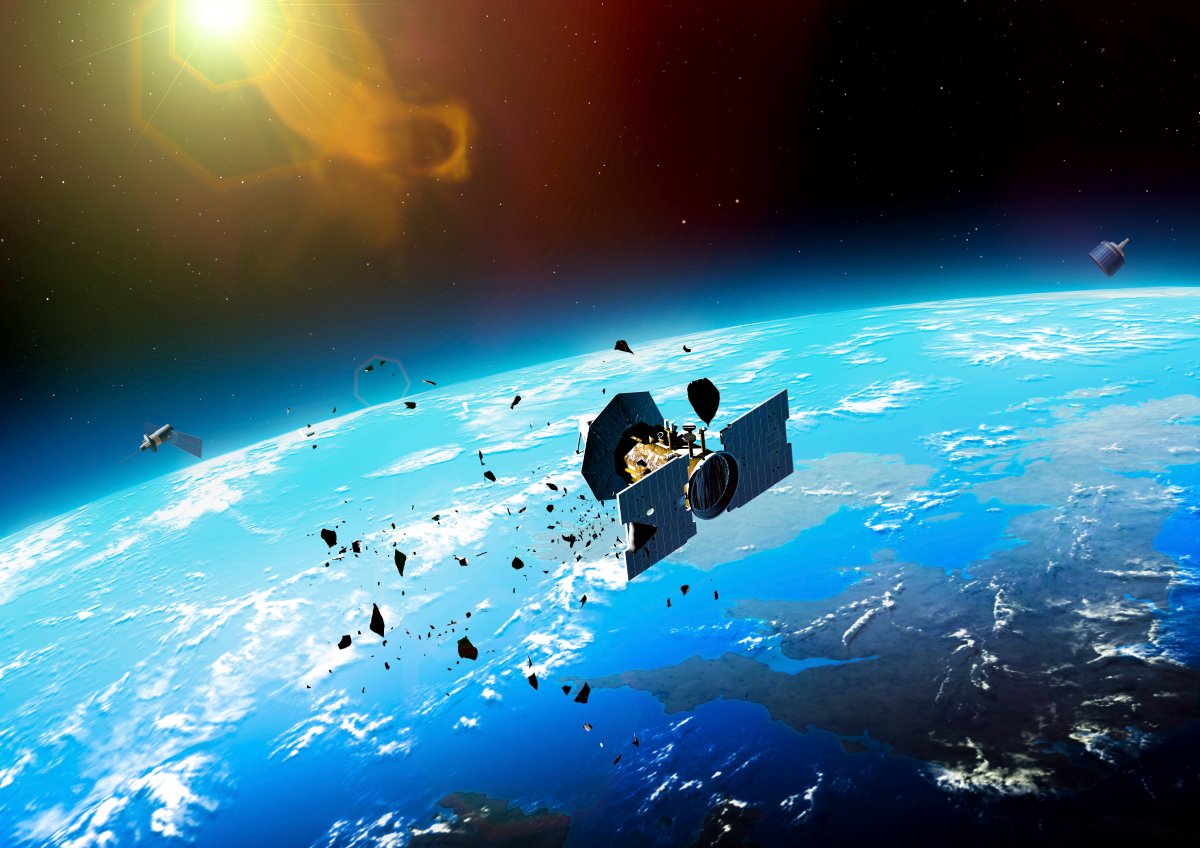A Russian satellite with an undisclosed mission was destroyed in Earth’s orbit last month, sending a cloud of debris whipping around the planet, U.S. officials confirmed.

The satellite, called Cosmos 2499 (or Russian spelling Kosmos 2499), was one of many launched by Russia in 2013 and 2014. The purpose of Cosmos 2499 is not known publicly, though it was launched alongside other Russian military communication satellites.
The 18th Space Defense Squadron (SDS), a body of the U.S. Space Force tasked with tracking human-made objects in orbit, announced the destruction of Cosmos 2499 on Monday.
The authority did not specify what caused the satellite to break apart. The 85 severed pieces are currently an estimated 1,169 kilometres above Earth. According to NASA, any orbital debris above 1,000 kilometres will continue to circle the planet for at least a century.
The mysterious origins of Cosmos 2499 have been questioned since its launch in May 2014. Journalist Anatoly Zak, who tracks the activity of the Russian space program on the website Russian Space Web, has documented the alleged movements of Cosmos 2499 throughout the years.
Zak reported Cosmos 2499 was not listed on the original launch manifest alongside the other three registered satellites. When it started to move intentionally in orbit, Zak and other stargazers took notice.
When the satellite manoeuvred toward the Russian rocket stage Briz — from which it was launched — in 2014, the U.S. military started to track the satellite, Zak wrote. There was speculation that Cosmos 2499 was a “killer satellite” designed to attack other satellites.
Later, Oleg Ostapenko, the head of the Russian space agency Roscosmos in 2014, said Cosmos 2499 was an unspecified research satellite.
Zak claimed the satellite continued to move for several years, until 2017, when it stopped.
The debris from Cosmos 2499 joins the other over 27,000 debris objects currently around Earth, according to NASA.
There is much more debris in orbit, but it is too small to be monitored. NASA says the debris poses danger to space vehicles — including the International Space Station and other spacecraft with humans aboard — as it travels around Earth at extremely high speeds of over 25,266 kilometres per hour.







Comments